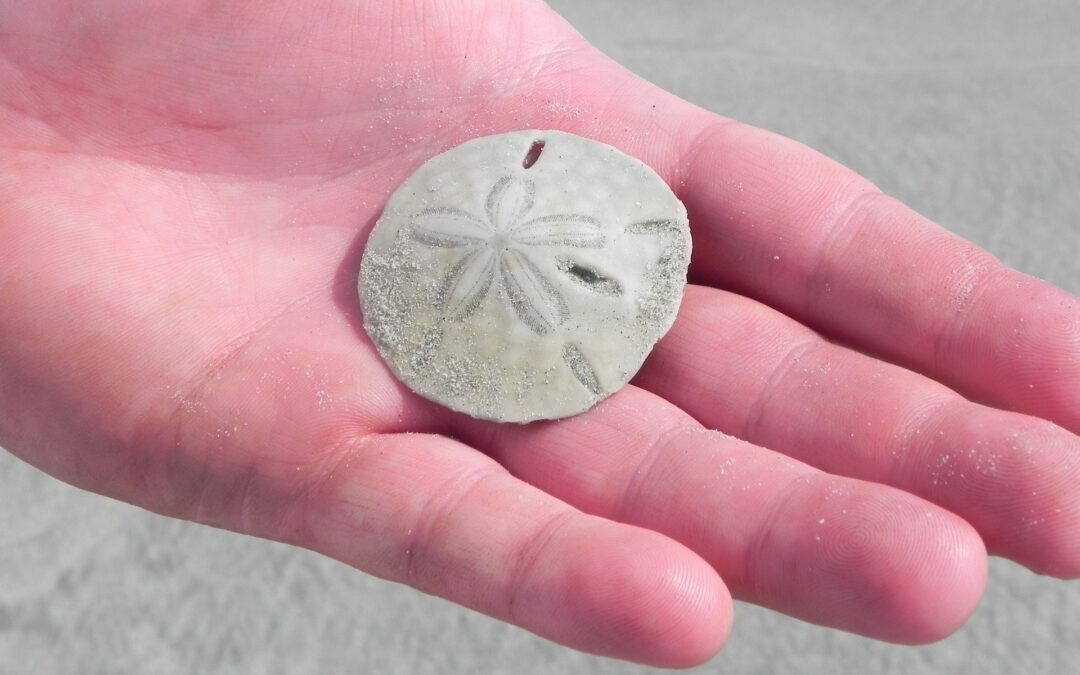Clypeasteroida is the scientific name of the more commonly known sand dollar. Although we would all love for the sand dollar to have value and to just have to walk on the beach for couple of hours to make a living, this isn’t quite the case. They get their name from their similar appearance to a coin or a “silver dollar” but honestly they very little economical value. That doesn’t mean they are worthless though. Au contraire, they are actually highly valuable organisms in their ecosytems.
Sand dollars spend their days dwelling on the sandy seafloor of tropical and temperate coastal zones, using their prickly hairs to navigate. When they are alive, sand dollars actually look like purplish-red, flat, fluffy sea urchins and are covered in what looks to be hundreds of tiny hairs that are called spines. Not only do their spines help them get around but they also help direct food to their mouths. When a sand dollar finds a yummy meal like algae or phytoplankton its spines will carry the snack little by little towards its mouth in the center of its body and it will spend up to 15 minutes chewing. Sounds like a while but at least they’re savoring their meals!
Sand dollars live in very crowded areas with as many as 625 of them living in one square yard. It sounds like a lot but it’s necessary for them to live close together in order to reproduce. When it’s spawning season, male and female sand dollars (yes they do have genders) will release their sperm and eggs into the water and these eggs will be fertilized when they make contact with the sperm. Having such a crowded area to reproduce makes it more likely for eggs and sperm to collide.
When you find a sand dollar on the beach you are actually looking at its skeleton. These creatures cannot live very long outside of the water because exposure to the sun dries them out rapidly. So, the next time you go to the beach and find a pretty round seashell with a little flower on it you’ll know what you’re looking at.
Fun Facts:
– You can tell a sand dollar’s age by looking at the rings on its plates. The bigger the sand dollar, the more rings it has, the older it is. They generally live 6-10 years.
– Sand dollars can swallow sand in order to weigh themselves down so that they don’t get carried away by strong currents and waves.
– They are pretty common to find on the beach but are very fragile, so finding a full one is actually quite rare.

